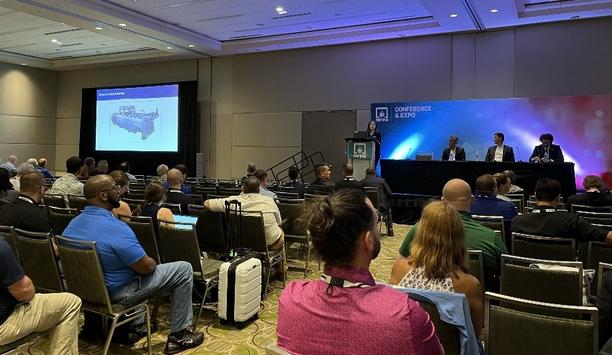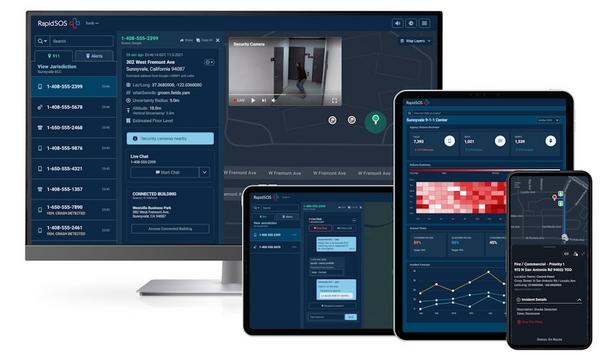In firehouses around the world, firefighters must co-exist with diesel-fueled apparatus. When a diesel engine is running in a firehouse apparatus bay, the diesel exhaust can cause a variety of health issues for firefighters who occupy the firehouse.
Diesel exhaust can irritate the eyes, nose, throat, and lungs, and it can cause coughs, headaches, lightheadedness, and nausea. Breathing in diesel exhaust can cause lung irritation and/or make pre-existing asthma worse. Long-term exposure may lead to serious health effects.
Diesel engine emissions
National Institute of Occupational Safety & Health (NIOSH) has identified the carcinogenicity of diesel exhaust, including lung cancer from occupational exposure to diesel engine emissions. NIOSH recommends whole-diesel exhaust be regarded as a potential occupational carcinogen in conformance with Occupational Safety and Health Administration (OSHA) policy.
NIOSH recommends whole-diesel exhaust be regarded as a potential occupational carcinogen
The NFPA 1500 standard addresses diesel exhaust and purification, specifying that fire departments contain all vehicle exhaust emissions to no less than 100% effective capture. It is important to ensure there is adequate ventilation when using any combustion engine, such as in garages and firehouses. Breathing harmful levels of combustion gases, such as carbon monoxide, carbon dioxide, and nitrogen oxides can be harmful to human health.
Following required protocols
Every fire station is different, so a range of factors can impact the safety of first responders, from the layout of the building to the ability of staff to follow required protocols. A variety of devices are deployed to protect firefighters from diesel exhaust in a firehouse. They include hose systems that directly capture the diesel exhaust, diesel exhaust capture systems that are directly mounted on a vehicle, and broader building filtration systems, which address diesel exhausts along with other air quality issues.
Hose-based capture systems connect with exhaust pipes using magnetic grabbers and anchor plates. When the systems are triggered, they run for a pre-determined period, including after the hose is detached to remove any remaining exhaust from the hose. The proven approach prevents diesel exhaust from entering the fire station.
Ensuring optimal operation
Vehicle-mounted capture systems operate automatically with less involvement by personnel
However, if a new apparatus is purchased or moved within the firehouse, the hose system may have to be reconfigured. The system also requires that firefighters follow protocols on connecting and maintaining the system. Vehicle-mounted capture systems operate automatically with less involvement by personnel.
Exhaust is filtered through a special chamber within the apparatus and then released into the building atmosphere. The approach can also help to avoid exposure to diesel exhaust at a fire scene, where an apparatus may continue to run to power other operations, such as pumping water. A diverter may redirect the exhaust into the capture system as needed, or the system may filter exhaust continuously. In vehicle-mount systems, there is no need for additional equipment hanging in an apparatus bay. Scheduled maintenance is required to ensure optimal operation of the system.
Ensuring proper filtration
Building-space filtration systems are ceiling-based units that filter air to clean it of diesel particles. Sensors detect vehicle or door movements to activate the filtration system, which then operates for a pre-established period. The system operates automatically and is not connected directly to an apparatus. Therefore, the diesel fumes do escape into the indoor air until they are filtered out. Again, maintenance, such as changing filters, is an important issue to ensure proper filtration.
Firefighters face enough health risks on the fireground without also being exposed to dangers in the firehouse. Opening overhead doors before starting apparatus is not a sufficient approach to creating enough airflow to clear out diesel exhaust. Likewise, installation of diesel particulate filters on apparatus (required after 2007) does not eliminate the risk of diesel exhaust inside a fire station, although the measure positively impacts overall air pollution.







































